Boone Family History & Genealogy
Boone Last Name History & Origin
AddHistory
We don't have any information on the history of the Boone name. Have information to share?
Name Origin
We don't have any information on the origins of the Boone name. Have information to share?
Spellings & Pronunciations
Boon, Bohn
Nationality & Ethnicity
England and Germany
Famous People named Boone
Are there famous people from the Boone family? Share their story.
Early Boones
These are the earliest records we have of the Boone family.

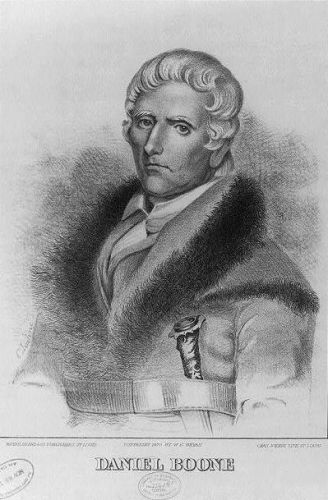

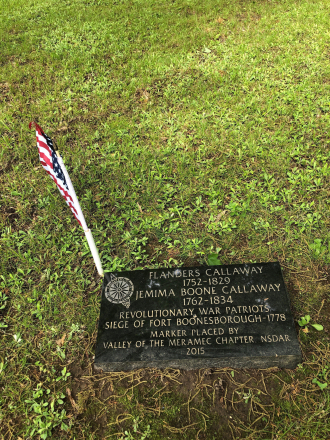

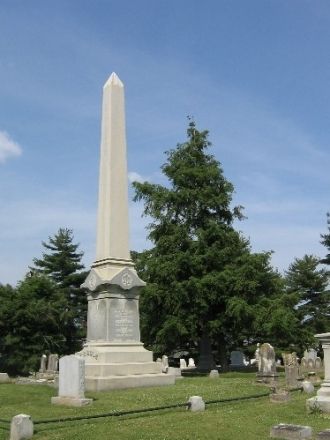

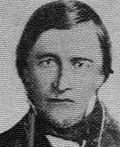

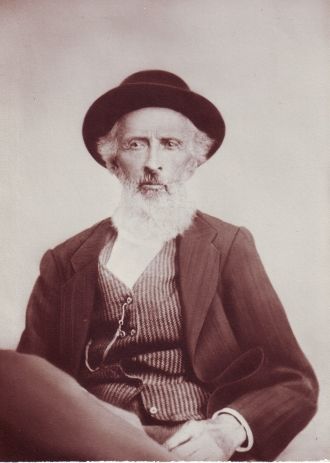

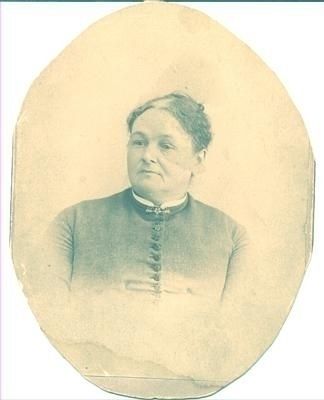

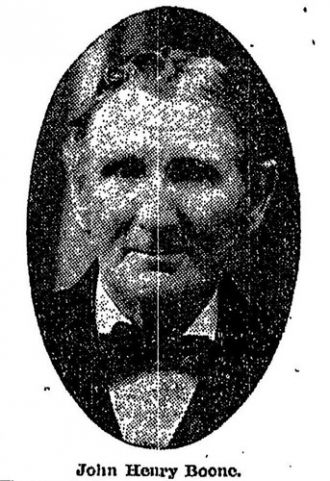
Boone Family Members
Boone Family Photos
Discover Boone family photos shared by the community. These photos contain people and places related to the Boone last name.

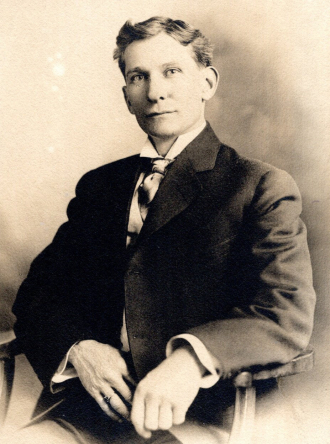
Joseph “Joe” David. BOONE was b. 6 Jun 1871 in Paducah, KY to parents Richard T. BOONE (1823-1893) Lucy Blackford WILLETT or WILLET (1831-1898). Joe was one of 13 children born to this couple including John Wesley; Sarah E.; Martha J.; Samuel A.; Eli Gaither; Daniel; H. B.; Elvira; Joseph R.; Luella “Ella”; Margaret “Maggie” Lee; Joe; May; and Frank Clifford BOONE, all born between 1847 and 1879. Some information suggests that Lucy was not the mother of all these children, but it isn’t clear.
Joe married Mary “Mollie” Audria FULLER (1872-1940) on 20 Jan 1909 in Kansas City, MO. The couple was living in Colorado Springs, CO in 1910 and Joe was an undertaker in Colorado City, CO. It appears that Joe later moved to California and was a Mortician and worked for the Edward Bros. Colonial Mortuary in Los Angeles, CA and died 28 Apr 1951 in Los Angeles, CA and is buried in the Valhalla Memorial Park Cemetery there.
I am hoping to get the photograph to a family member and would appreciate you contacting me if you are a member of this BOONE Family or know someone who might be.
Thanks,
Shelley


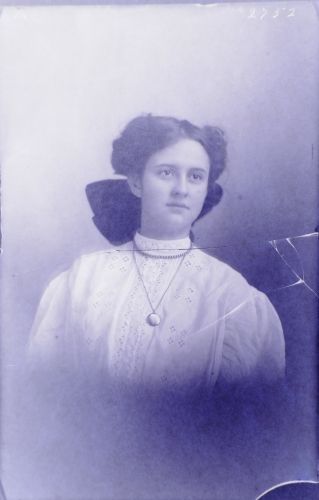
The name is all that was provided on the sleeve
What is my full name?
People in photo include: M. Boone
Boone Family Tree
Discover the most common names, oldest records and life expectancy of people with the last name Boone.
Updated Boone Biographies

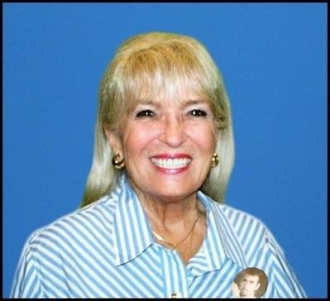







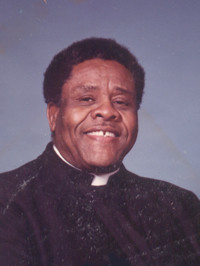


Popular Boone Biographies









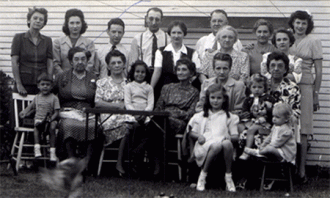



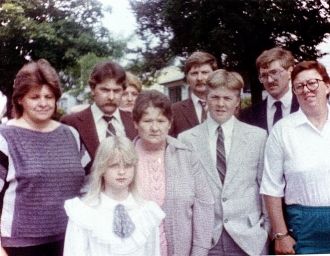

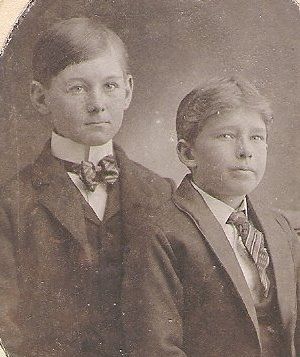

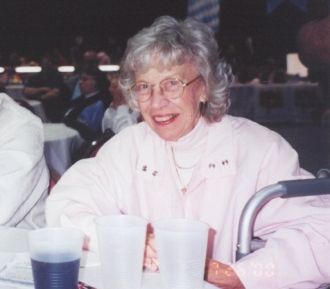

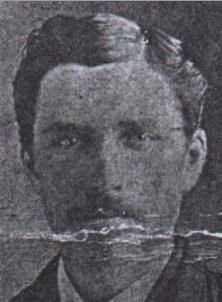



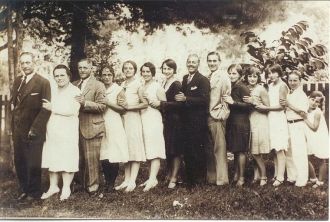


Boone Death Records & Life Expectancy
The average age of a Boone family member is 71.0 years old according to our database of 18,067 people with the last name Boone that have a birth and death date listed.
Life Expectancy
Oldest Boones
These are the longest-lived members of the Boone family on AncientFaces.
Other Boone Records
Share memories about your Boone family
Leave comments and ask questions related to the Boone family.
 Leeann Boone
Leeann Boone Front of Memorial Monument:
"This monument, the gift of a grateful commonwealth, commemorates the
heroic pioneers who, in defence of Kentucky, here fought and fell in the Battle of
Blue Licks, August 19, 1782."
Colonel-Commandant
John Todd, killed
Lieutenant-Colonels
Daniel Boone
Stephen Trigg, killed
Majors
Edward Bulger
Silas Harlan
Captains
John Allison
John Beasley, captured
John Bulger, killed
John Gordon, killed
Samuel Johnson
Joseph Kincaid, killed [Kinkead]
Gabriel Madison, killed
William McBride, killed
Clough Overton, killed
Robert Patterson
Lieutenants
William Gilvins, killed [Givins]
Thomas Hinson, killed
John Kennedy, killed
James McGuire, killed
Barnett Rogers, killed
Ensign
John Murtry, captured [McMurtry]
Joseph Lindsey, killed
"So valiantly did our small party fight, to the memory of those who
unfortunately fell in the Battle, enough of Honour cannot be paid."
Daniel Boone
Monument dedicated August 19, 1928
Right side of Monument
"The men who fought in the Battle of the Blue Licks were as well qualified
from experience to face the Indians as any body of men that were ever
collected.
Robert Patterson
Privates who were killed:
Charles Black [Clarence]
Samuel Brannon
Israel Boone
James Brown, surveyor
Esau Corn
Hugh Cunningham
John Douglass [Douglas]
William Eades [Eads]
Charles Ferguson
Ezekiel Field [Fields]
John Folley
Daniel Foster
John Fry
Little James Graham
Jervis Green
Daniel Greggs [Gregg]
Francis Harper
Matthew Harper
William Harris
James Ledgewood, captured and killed [Ledgerwood]
Francis McBride
Isaac McCracken
Andrew McConnell
Henry Miller
Gilbert Marshall
John Nelson
John Nutt
John O'Neal
Drury Polley [Polly]
John Price
William Robertson
Matthias Rose [Matthew]
James Smith
William Smith
John Stapleton
William Stephens
Val Stern
John Stevenson
William Stewart
Richard Tomlinson
John Wilson [1]
Israel Wilson
John Wilson [2]
Matthew Wylie
William Shannon [ensign]
Archibald Woods
Thomas Farrier
John Jolly
Joseph Oldfield
Ottawas and Chippawas
Back Side of Monument
No names
Shawnees and Delawares
"To the unknown heroes who took part in the Battle of Blue Licks."
Bottom of Monument
This "Last Battle of the Revolution" was fought between 182 Kentuckians,
commanded by Colonel John Todd, on the American side, and about 240 Indians
and Canadians, commanded by Captain William Caldwell, on the British side."
Left Side of Monument
Wyandots and Mingoes
"They advanced in the divisions in good order and gave us a volley and
stood to it very well for some time."
Captain William Caldwell
Privates who escaped:
William Barbee
Samuel Boone
Squire Boone, Jr., wounded
Jerry Craig
George Corn
William Field
Whitfield Craig
Edward Graham
Thomas Gist
James Graham
Squire Grant
Benjamin Hayden
Peter Harget
James M. January
James Kincaid
Wainright Lea
James McBride
William May
James McCullough
Andrew Morgan
James Morgan, captured, but escaped
John Morgan
Benjamin Netherland
John Pitman
James Ray
Aaron Reynolds
James Rose
Lewis Rose, captured
Abraham Scholl
Joseph Scholl
Peter Scholl
Samuel Scott
John Smith
Andrew Steele
Jacob Stevens
Thomas Stevenson
Jacob Stucker
James Swart
Henry Wilson
James Twyman [Stephen]
Jesse Yokum, captured [Yocum]
James Elijah Woods, captured
Robert Scott
George Smith
Bartlett Searcy
John Searcy
Samuel Shortridge......NOTE 1
William Shott [Short]
Edmond Singleton
Anthony Sowdusky
Josiah Wilson
John Sumner [Summer]
Samuel Woods
John Hambleton
John Hart
James Hays
James Harrod
Henry Higgins
John Hinch
Charles Hunter
Jacob Hunter
Ephraim January
William Lam
John Little
James McConnell
Mordecai Morgan
Henry Nixon
James Norton
Matthew Patterson
John Peake
Alexander Penlin
Robert Poague
Elisha Pruett
Andrew Rule
Thomas Akers
William Aldridge
Elijah Allen
James Allen
Abraham Bowman
Thomas Brooker
James Colburn, wounded
Jacob Coffean
Joseph Collins
Edward Corn
William Custer
Richard Davis
Theodorus Davis
Peter Dierly
Thomas Ficklin
Henry French
Henry Grider
Jeremiah Gullian
Small Monument to the left of large one:
This memorial was erected to honor those individuals whose names were
omitted from the original monument. New research has provided these
additional names and corrected previous information regarding those
individuals who so gloriously served Kentucky at the Battle of Blue Licks.
Thomas Boone, killed
John Childress, captured but escaped
James Ward, escaped
This monument erected in April, 1999 by the Childress family
association and the Kentucky Department of Parks.
These other
sources also record the following individuals as likely participants in the Battle
of Blue Licks, omitted from the monument due to insufficient proof:
Majors
Levi Todd
Hugh McGary
George Michael Bedinger
Samuel Shannon
John Bradford
Benjamin A. Cooper
James Ellis
William Ellis
NOTE 1:
Samuel Shortridge was born in 1756 in Fairfax County, Virginia. Samuel served as an Indian fighter in Captain Charles Hazelrigg’s company of the Virginia Militia, in Fayette Co., Virginia, under the command of Col. Daniel Boone and in Gen. George Roger Clarke’s expedition against the Indians on the Scioto in Ohio in 1762 after the battle of Blue Licks. Samuel Shortridge married Sarah Scholl around 1776. They had 8 children who were named in his will; Keziah, Leah, Samuel, Elizabeth, Lelah, John, James and Morgan.
He died on July 8, 1823 in Tippecanoe Co., IN. and is buried on land that belongs to his daughter and son-in-law (thereafter called the Black Cemetery or the Rural Cemetery)
Edward and Daniel married sisters, Martha and Rebecca Bryan, whose father, Joseph Bryan, was one of the founders and defenders of Bryan Station near Lexington, Kentucky. Edward spent most of his life in what is today Wilkes County, North Carolina where he was a community leader and family man. He served on juries, was a road surveyor, a tax collector, a constable. Although the Boones had for many years been Quakers, he was baptized in the Baptist Church and loved to sing. He was called Ned or Neddie by his family and friends. He was "A peace man." (Draper Manuscript 23C17-4)
"E. Boone migrated at the same time with his Brother and the Scholls - he was Clerk & Deacon of the Baptist Church in NC - every boddy Called him Unkle Neddy. He was Never in any encounters that I heard of - he was a peace man; his widow Dyed at her oldest sons George Boone's at the Mouth of Boon's Creek Clark Co., KY. Sarah Hunter was Living Not Long Since." EB Scholl to LCD 1861.
In a letter to Dr. Lymon Draper, Ned’s daughter, Sarah, said that her father did not accompany his famous brother Daniel on his many expeditions. Ned stayed with his family and served their community – that is, until October of 1779 when he made that fateful decision to move his family to Kentucky with Daniel who was leading a large party of family members there for the promise of free land. Only one month before, Edward had taken out a land entry in Wilkes County. Then, only one year later, Edward was killed by Indians in Kentucky.
Daniel and Ned were returning from a trip to the Blue Licks to make salt and to do a little hunting. They stopped along a stream in Bourbon County to rest and let their horses drink. Edward sat down by the stream near an old Buckeye tree and was cracking nuts, while Daniel went off into the woods in pursuit of game. Indians lurking nearby shot and killed Edward but Daniel managed to escape. He ran all the way on foot to Boone Station where they were all living at the time with about fifteen other families near present-day Athens. The next morning Daniel and a party of men in the area went in search of Edward’s killers. They did not find the Indians, but found and buried Edward near that old Buckeye tree. Ned’s daughter Sarah in a letter to Draper said her father had been horribly cut by the Indian’s knives. Today in that very spot stands an old Buckeye tree. The creek was afterward named Boone Creek in honor of Edward’s death there. Edward was survived by his widow, Martha Bryan Boone, and six children: Charity, Jane, Mary, George, Joseph and Sarah. Although still a young woman, Martha never remarried and remained in Kentucky until her death. Her will was written July 23, 1793, and is recorded in Clark County.
Draper manuscripts indicate that “about 1827, the bones of Edward Boone became exposed to view where they were buried, in the road, by washing of water, near the bank of the creek, and close to the spring, and the Rev. Richard Thomas had them removed and re-interred a mile off in the Rockbridge Baptist Church yard.”
In the summer of 1997 Dell Boone Ariola, husband Ken, and grandson Bryan almost literally stumbled upon Edward’s gravestone that was erected in Bourbon County by the Paris, Kentucky, CAR/DAR in the 1920’s. The stone was on its side, almost completely covered by mud. Dell contacted Rochelle E. Cochran and Russell Lain Ready whom she knew to be direct descendants of Edward Boone, and they formed the Edward Boone Memorial Committee of the Boone Society.
The Edward Boone Memorial Committee met property owners, Ron and Phyllis Isaac (870 See Road), and discussed the committee ideas about restoring, protecting, and marking this historic grave. The Isaacs were not only supportive but also were very excited about the project and provided land for visitor parking; cut grass and underbrush. Bourbon County Judge Donnie Foley provided grading for parking. To protect the grave, Master Stonemason Stanley Matherly donated his time and specialized talent to build a stone precision-laid rock wall of the type that was built in the mid 1800’s (using no cement and local native flat rocks). Isaac installed an iron gate to protect the original marker. There was a lot of local interest in the project and many neighbors donated time and equipment to prepare the site. This historic site is visited by school students in the area and descendants and tourists from all across the country.
In May 1998 the Edward Boone Death Site was designated a Kentucky Landmark by the Kentucky Heritage Council. Then in 2001 a Kentucky Historical Highway Marker was installed and dedicated at the corner of KY Highway 537 & See Road, about a mile east of Little Rock. The Boone Society, Inc., paid for the historical marker completely through donations to the project. No state funds or tax dollars were used, although the Kentucky State Historical Society and the State Highway Cabinet approved and installed the marker (#2059).
April 23, 2001 Honoring the memory of Edward Boone, Kentucky Highway Historical Marker No. 2059 was dedicated by the Boone Society, Kentucky Historical Society, and the Kentucky Transportation Cabinet. Marker is located at junction of KY Hwy. 537 & See Road. The text of the marker reads: #2059, Edward Boone (1740-80) Death site of Edward Boone, a brother of renowned Kentucky pioneer Daniel Boone. Edward was killed by Indians here Oct. 1780 at age 40 while hunting with Daniel. Boone Creek named for Edward. Daniel and Edward wed sisters, Rebecca and Martha Bryan, whose family built and settled Bryan Station near Lexington. Presented by The Boone Society, Inc.”
Confederate Guerilla, Quantrill's Raiders (Bill Anderson's Company)
George T. Scholl was a recorded member of Quantrill's men, and served under Bill Anderson, Archie Clements, Dave Poole and Fletcher Taylor. He also served with and knew personally Frank and Jessie James as well as Cole Younger and his brother's. George and Boone Scholl were raised and attended school in Jackson County, Missouri. They had property in Independence, Mo. prior to Order #11, forcing them from land and home. George T. Scholl survived the war, and settled in St. Louis County. He is listed in the History of St. Louis County Volume II, published in 1911 by the S. J. Clarke Publishing Company.
MORE INFO:
Great Great Grandson of Daniel Boone the Frontiersman. Joseph Scholl married Lavinia Boone Daniel Boones Daughter. The Scholl's also fought in the Revolutionary War alongside the Boone Family of Kentucky. There was also another connection with the Boone family. George's mother, Harriet Rite Boone, was a 3rd cousin of his father, Nelson Scholl. She was a descendent of one of Daniel Boone's brothers.
George was the brother of Daniel Boone Scholl, who was killed while serving under Quantrill's command.
George Scholl surrendered in Lexington, Mo. 21 May 1865. He had just returned from Sherman, Texas with Dave Poole and Archie Clements group, also Bill Anderson's brother.
George is listed in the History of St. Louis County Vol. 2 published in 1911. George is buried in Oak Hill Cemetery in Kirkwood, Mo. He was a distinguished member of the Masons.
Confederate Guerilla, Quantrill Raiders
Great Great Grandson of Daniel Boone the Frontiersman. Joseph Scholl married Lavinia Boone Daniel Boones Daughter. The Scholl's also fought in the Revolutionary War alongside the Boone Family of Kentucky. There was also another connection with the Boone family. Boone Scholl's mother, Harriet Rite Boone, was a 3rd cousin of his father, Nelson Scholl. She was a descendent of one of Daniel Boone's brothers.
Boone Scholl died in a skirmish with the 9th Kansas Calvary near Westport, Mo. 17 June 1863. Boone was buried in the Smith/Davis Cemetery in Raytown, Mo.
Among others in that Cemetery is Capt. Ferdenand Scott, who was killed in the same skirmish. Smith/Davis has been completely destroyed. All the headstones have been stolen or fallen and are buried under the sod. The owner of the property a Mr. Buzz Dulaney of Kansas, has been less than cooperative in over a 12 year attempt to save and restore this cemetery. Among others buried there are the girls killed in the awful Union Jail Collapes. Those girls were the sisters of Bill Anderson and others who rode with Quantrill. True history records one of the Major reasons for the raid on Lawrence, Kansas was due to the apprehension and death of these ladies.
Boone Scholl is mentioned numerous times in the by "Noted Guerillas" by John N. Edwards.
Boone Scholl is the brother of George Scholl, who also rode with Quantrill under the command of Bill Anderson
Mr. Howard moved his family back to Missouri. On April 3, 1882, in St. Joseph, Mo., Jesse James was shot in the back by a fellow gang member, Bob Ford, for a reward. The seven-year-old lad had not known his real name Jesse Edwards James, Jr. until after his father's death.
Jesse James, Jr. Grew up and was running a cigar stand in the lobby of the Jackson County Courthouse in Kansas City, Mo., when he met and married Stella Frances McGowan. They married in the parlor of her parents' home at 415 Landis Court, Kansas City, Mo., on January 24, 1900. The ceremony was performed by Rev. Dr. S.H. Werlein of the Kansas City Methodist Church, South.
Stella and her family had only recently moved to Kansas City. She grew up on a farm with her parents, Alfred M. and Martha McGowan, near Ash Grove, Mo. Mary Boone Hosman, Stella's great- grandmother and daughter of Nathan Boone, was living in the Nathan Boone cabin at the time of the marriage.
Jesse James, Jr. and his Nathan Boone descendant bride, lived in Kansas City where he practiced law for 25 years. One of his clients would become President of the United States. His name was Harry S. Truman.
Missouri Commonwealth -- Ash Grove, Missouri -- November 24, 1994
~~~~~~~~~~~~~~~~~~~~~~~~~~~~~~~~~~~~~~~~~~~~~~~~
CONNECTION TO JESSE JAMES
Mother finds daughter's connection to the famed Outlaw
For ages I’ve heard the same old story – we were related to Jesse James or at least had a connection to the James-Younger Gang. Now while I knew the family story nothing more was ever whispered about just how we connected or who the infamous family member might have been. Then recently I received an e-mail from someone who recognized an ancestor in my online tree as being their grandmother and I was asked once again, "Can you tell me how we connect to Jesse James and the James-Younger Gang?" Once more I told of countless hours doing search after search on Jesse and then checking sites with lists of reported James-Younger members and still not finding a connection. This time I once again thought to myself that maybe this time I might hit the mother-lode and either once and for all put the story to rest or maybe I might just find that outlaw in the family. So one day about a week ago I punched in the James-Younger Gang to a search engine and found an interesting web-site. Still nothing jumped out at me, no name I could claim as my own, but then one name did pop. It was the name of Daniel Boone. Okay, I tell myself this might go somewhere and I stopped to read the reference. Then I discover that Daniel’s great-great-great granddaughter, Stella Frances McGowan, had married Jesse’s son, Jesse Edward James. Apparently, Stella worked to her death in March of 1951 to preserve the history of her father-in-law from pretenders and others who sought to make money or a name for themselves from Jesse’s legend.
For a couple of days Stella’s ancestry eluded me, practically every tree I searched had just her, but nothing else as to her parents, etc. Then one rainy and miserably humid afternoon I ran across her father’s name, Alfred McGowan, born in Springfield, Missouri sometime before 1864. Well now I think to myself, "We’re cooking now!". From there I begin to search the name Alfred McGowan and soon I discover that his mother was Mary Boone Hosman, daughter of Alfred Hosman and Mary Boone. Now I had something to go to the Boone pages and search, so off I went. Mary Boone was the daughter of Nathan Boone and Olive Van Bibber! Wow, I had the connection and my shouts soon brought my daughter to my desk. With a bit of information added to my files I soon brought up a kinship chart on Stella Francis McGowan James and asked it to show the connection between Stella and my daughter, Susan --- 4th cousin, 3 times removed! With a laugh and a smile she rendered my great discovery to just one simple sentence. "Just goes to show if you dig long enough no telling who you might find!"
Submitted by Terrye Lambert
The Boones with their eleven wagons joined a California bound wagon train which they expected to stay with to Fort Hall. Lilburn Boggs wanted to be the captain of the train, but he lost the election by a landslide to one, William H. Russell.
On August 8th at Fort Hall the Boones met a man promoting a new route, this one leading to Oregon's Willamette Valley. Boone decided to take a chance on the new road known as the Southern route or the Applegate Trail. This proved to be a mistake. The Indians were extremely hostile to the overlanders.
As winter set in and threatened to strand the travelers, the emigrants began throwing away everything they could to lighten their wagons. They cached everything of value in hope of returning later but the Indians dug up and stole everything but a few items of clothing. The Boone's lost everything that they couldn't carry out including a compass and surveying instruments belonging to Daniel Boone.
It was Christmas time when the Boones finally reached the settlements in the Willamette Valley. The Boones established a ferry on an old Indian trail.
When word of the gold strikes in California reached Oregon in 1848, Alphonso and his boys headed South to make their fortune in the gold fields.
On Feb. 1, 1850, Alphonso died at Long Bar's of an illness he contracted in the gold fields. The Ferry established by the Boones operated for 107 years, being shut down in 1954.
View a photo of Alphonso Boone in our "Photo Section"....
Boone was born in Kentucky in in 1871. When he was 18 he married Olive VanBibber. Although generally overshadowed by his famous Father, Nathan was also a genuine hero and pioneer. Along with his Brother, he established the Boone's Lick Salt Works in central Missouri.
Boone was also a member of the military. He retired as a US. Lt. Colonel after leading the US. Mounted Rangers in the Black Hawk War, assisting in the capture of Sante Fe, and serving as the Military Govenor of New Mexico and Texas.
Boone was also an explorer. He helped determine the boundry between the Creek and Cherokee Indian nations. In 1808 he guided William Clark to what is now Independence, where the two helped establish Fort Osage. The Fort, now restored, was a frontier outpost of great importance.
The 150 year old home is now open only once a year, during the Fall Nathan Boone Rendezvous.
Source; The Daily News.
View a photo of Nathan Boone's home in our "Photo Section"
 Bobby Blevins
Bobby Blevins On 04 October 1750, Squire Boone received a Land Warrant an Survey for a 640-acre tract ‘lying…upon Grants Creek, alias Lickon (Licking) Creek” in present Davie County. He received a grant for this 640 acres on the present Elisha and Dutchman creeks 30 April 1753 and a second grant on Bear Creek 29 December 1753. (A roadside marker locates this Bear Creek site on Highway 64 west).
Eleven children of Squire and Sarah (Morgan) Boone all came and lived in present Davie County. They were Sarah (Boone) Wilcockson, Israel, Samuel, Squire (Jr), and Hannah (Boone) Stewart Pennington.
Squire Boone’s nephew, John Boone (1727-1803), and wife Rebecca (Bryan?) Boone (c.1735-1820) received a 630-acre grant on Hunting Creek 21 December 1753. Their nine children were born there. Most of this family migrated to Tennessee, though some of their descendants lived at this Hunting Creek site until the 1850’s and some distant relatives still live in Davie County.
In addition to Squire and Sarah Boone, John and Rebecca Boone and John Wilcockson are buried here in Joppa Cemetery in unmarked graves. Israel Boone and his wife are probably buried here also.
Squire and Sarah Boone deeded the Elisha and Dutchman Creeks grant to sons Squire Jr on 12 October 1759. On the same day they also deeded the Bear Creek tract to Daniel and Rebecca.
Daniel Boone (1734-1820), son of Squire and Sarah Boone, married Rebecca Bryan (1739-1813) in Davie County on 14 August 1856. For some eight years, from about 1756 until about 1764 they lived on what was probably Bryan property in the forks of Sugar (tree) Creek in Eastern Davie County.
Only tradition locates this homesite. Their first two sons, James and Israel, were born there. Though Daniel farmed some, he was primarily engaged in hunting and trapping. He is said to have killed as many as 30 deer a day, selling the hides in Salisbury, North Carolina.
Daniel and Rebecca moved to Wilkes County, North Carolina, about 1764. In 1773 an attempted settlement of Kentucky failed because of a Shawnee Indian attack and the murder of Daniel’s 16-year-old son James and five other youths. Daniel and Rebecca with most of their relatives and many friends migrated permanently to Kentucky in 1779.
Daniel Boone, the archetypal frontiersman, acquired in Davie County the experience, endurance, resourcefulness, and expertness with the rifle which enabled him to become the great explorer and pioneer settler of the trans-Appalachian American West.
This monument was erected by the commity for the 250th anniversary of Daniel Boone’s birthday, Inc., Howell Boone, Chairman.
Followers & Sources



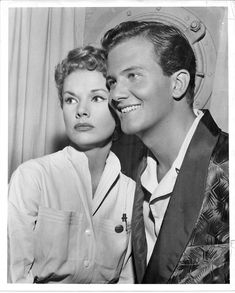
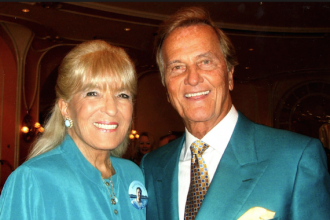

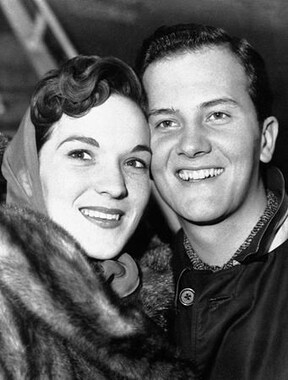

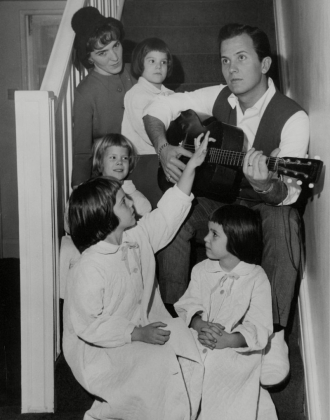
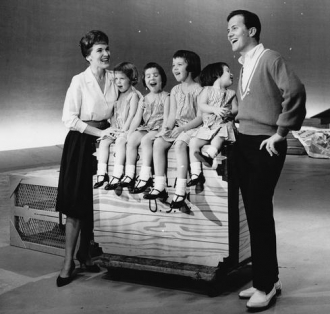
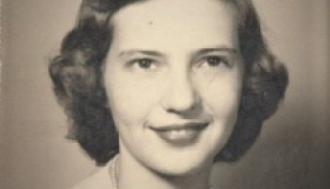

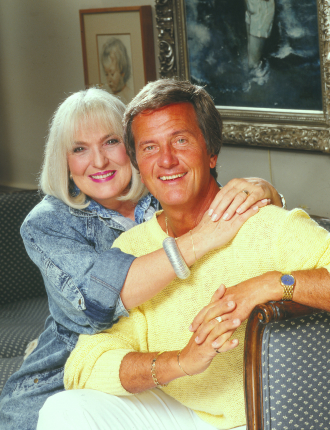
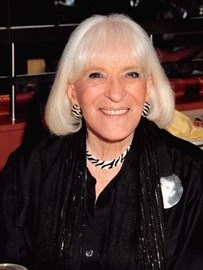
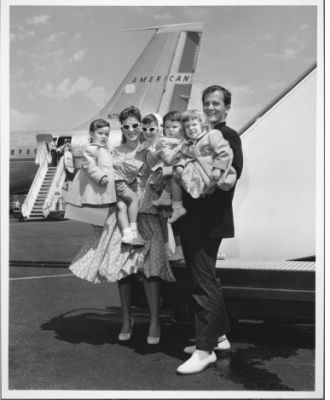
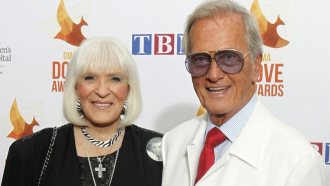


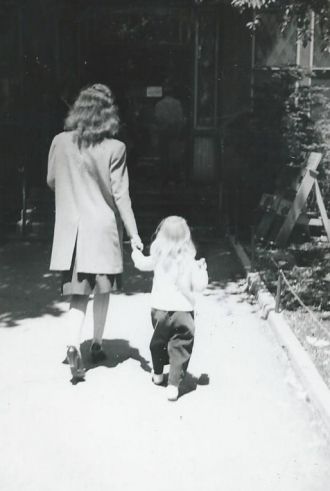
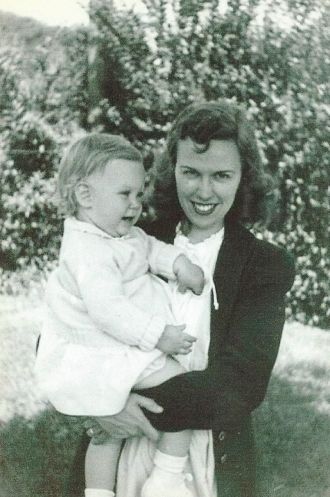

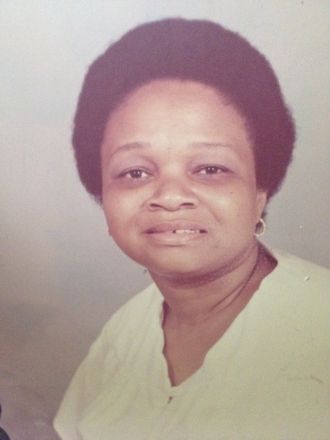

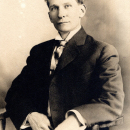
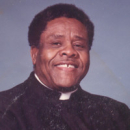
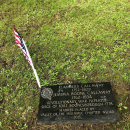

Louis and Mary Boone immigrated to the United States in the 1890s (1894-1896 period) and naturally since they didn't have much money they couldn't bring all their belongings over with them at that time so they were going to have them sent over later. Well from what I hear, their belongings were supposed to be sent over on the Titanic, so I assume Titanic was going to go back to Belgium on her second voyage since she'd already been only a couple days out from New York when she sunk. So Mary and Lous their young sons (Alice wasn't born until 1915) set out for Belgium (on a currently unknown ship) to retreive their things. I'd known for couple years that the family went back to Belgium, but I'd always thought that it was so the children could meet the family that didn't come over. Not that they'd be going over there to retreive belongings that were meant to be on the Titanic.
I fell in love with Titanic when I first saw the James Cameron movie "Titanic" (more specifically I fell in love with Leonardo DiCaprio/Jack Dawson!) But never in my wildest dreams would I have thought that I could have even the slightest connection to what was once called "The ship of dreams!"
What makes me think that it could really be true even to an extent is that the ship that brought my family back from Belgium in June of 1912, Red Star Line's Lapland, was hired by the White Star Line in April 1912 to return the Titanic crew to England after being held in New York for questioning about that fateful night. Now we can't find records of when the family left the U.S.A. if they indeed went to retrieve belongings that means they left after hearing about the Titanic sinking. I just found out that the Lapland was hired to return the crew a few days ago and now I can't stop wondering "could my family have left and returned on the Lapland? Could they have met the surviving crew of Titanic?" Unfortunatly for me my grandpa Boone was 29 years older than grandma and all the Boone's that would know of this are all gone so I may never have answers to any of those questions.
If its not true then it was finding out all this other info that I would've known had I not been researching it. If it is true then I thank god that the stuff wasn't on the Titanic that April night because whatever they were haveing sent to them meant enough to Louis and Mary that they'd wait 10 years to see their things again.
Anyway thats my story. I don't how much is true.